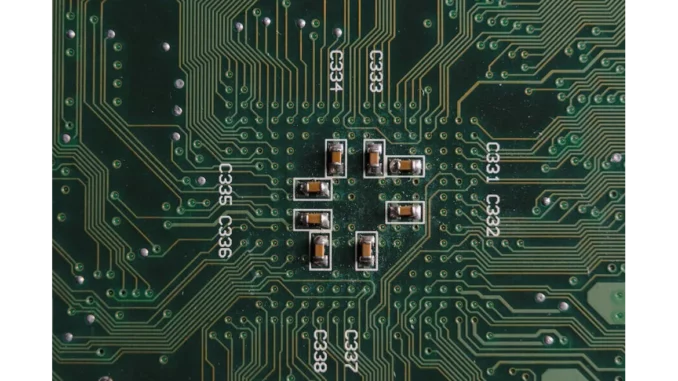
In recent years, the electric vehicle (EV) industry has experienced remarkable growth, largely driven by the global movement towards sustainable transportation and the reduction of carbon emissions. Despite their promise, EVs have historically faced a significant hurdle: limited range compared to traditional petrol vehicles. This shortcoming has often given rise to “range anxiety,” a prevalent concern among potential EV buyers regarding the vehicle’s capacity to cover extensive distances on a single charge. However, recent advancements in battery technology hold the promise of mitigating these concerns, potentially enabling EVs to travel over 3,000 miles on just one charge.
Central to this transformative leap is a pioneering advancement in battery technology, specifically targeting the anode component of the battery. Traditionally, lithium-ion batteries utilise graphite for the anode, a material that, while effective, poses limitations in terms of energy storage capacity. Researchers at Pohang University of Science & Technology (POSTECH) have made significant strides by developing a silicon-based anode capable of storing ten times the energy of conventional graphite anodes. This breakthrough is particularly significant as it directly influences the battery’s overall capacity, thereby substantially extending the vehicle’s range.
Silicon has long been recognised for its potential to enhance battery performance due to its superior energy storage capabilities. Nevertheless, the application of silicon in batteries has been constrained by its propensity to expand during charging cycles, resulting in instability and safety concerns. The research team at POSTECH, led by Professors Soojin Park and Youn Soo Kim, has ingeniously tackled this issue by engineering a binding material that curtails the expansion of the silicon anode. This innovation not only stabilises the battery but also markedly augments its capacity, paving the way for longer-lasting energy solutions.
POSTECH’s breakthrough is a notable chapter in a larger, global narrative aimed at revolutionising battery technology. For example, a Chinese company is investigating the use of sodium as a substitute for lithium, which could potentially lower costs and reduce dependency on scarce materials. Concurrently, NASA is exploring solid-state batteries that promise enhanced compactness and efficiency. These global endeavours underscore the collective drive towards more sustainable and efficient battery technologies, reflecting a broader commitment to environmental responsibility and technological advancement.
The ramifications of these technological strides for the EV industry are profound. By potentially extending the driving range of EVs to over 3,000 miles on a single charge, the obstacle of range anxiety could be greatly diminished. This development could catalyse a surge in EV adoption, as consumers would become less apprehensive about the vehicle’s suitability for long journeys. Furthermore, enhanced battery efficiency could render EVs more competitive with conventional petrol vehicles, not only in terms of performance but also with respect to cost, thereby broadening their appeal to a wider audience.
Beyond the realm of transportation, the benefits of improved battery technology resonate across various sectors, particularly in the field of renewable energy. Efficient energy storage is critical for optimising renewable sources such as wind and solar power. Unlike fossil fuels, these sources rely on weather conditions, necessitating robust energy storage solutions to capture energy during peak production periods and supply it during lulls. Consequently, advancements in battery technology could play a pivotal role in facilitating the transition to a more sustainable, greener future, contributing to broader efforts to combat climate change.
The breakthrough in battery technology at POSTECH represents a pivotal moment in the evolution of electric vehicles. By addressing the limitations of existing battery designs and pushing the boundaries of energy storage capacity, researchers are charting a course towards a future where EVs not only stand as a viable alternative to petrol vehicles but emerge as a superior choice. As the world continues to confront the challenges of climate change and environmental sustainability, innovations like these offer a promising glimpse into a cleaner, more efficient future, underscoring the potential for technology to drive meaningful change.


Be the first to comment